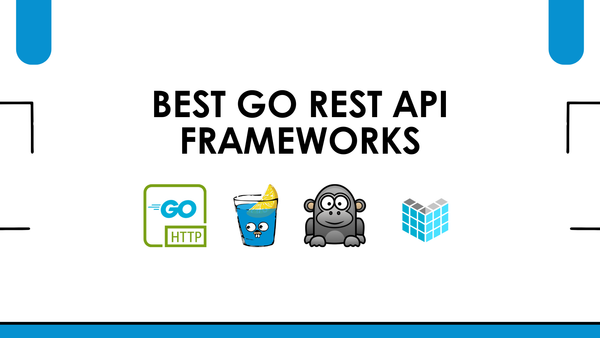Understand Weak Pointers in Golang 1.24

Memory management is crucial for any application’s performance and stability. Golang, known for its efficiency, offers a powerful tool for managing memory: weak pointers. Introduced in Golang 1.24, weak pointers allow you to reference data without locking it down, enabling the garbage collector to reclaim memory when no strong references remain.
This post will explore weak pointers through a practical example: building a simplified cache. We’ll see how weak pointers help prevent memory leaks and optimize memory usage compared to traditional strong pointers.
Understanding Weak Pointers
A weak pointer is essentially a reference to a chunk of memory that doesn’t prevent the garbage collector from reclaiming it.
Key Points:
- Reference without Ownership: Weak pointers provide a way to reference data without establishing a strong ownership claim.
- Garbage Collection Freedom: When all strong references to an object are removed, the garbage collector can reclaim its memory, even if weak pointers still exist.
- Nil Indication: When the memory pointed to by a weak pointer is garbage collected, the weak pointer itself becomes nil.
Why Use Weak Pointers?
Weak pointers shine in scenarios where you need to:
- Build Efficient Caches: Caches often store data that may become unused. Weak pointers allow the cache to automatically clean up expired entries, preventing memory leaks.
- Implement Reference Counting: Weak pointers can be used in conjunction with strong pointers to implement reference counting, ensuring that objects are deallocated when no longer needed.
- Avoid Circular References: Weak pointers can help break circular references, preventing memory leaks that can occur when objects reference each other indefinitely.
Best Practices
- Always Check for Nil: Before using a weak pointer, always check if it’s nil. This ensures you don’t attempt to access freed memory.
- Use Sparingly: Weak pointers are powerful but should be used judiciously. Overusing them can lead to complex code and unexpected behavior.
Implementing a Cache with Weak Pointers
Let’s illustrate the power of weak pointers with a simple cache example.
Scenario: We want to create a cache that stores strings. When a string is no longer needed, we want the cache to automatically free up the memory it occupies.
Code Example:
package main
import (
"fmt"
"runtime"
"sync"
)
type WeakCache struct {
items map[string]*sync.WeakValue
}
func NewWeakCache() *WeakCache {
return &WeakCache{
items: make(map[string]*sync.WeakValue),
}
}
func (c *WeakCache) Add(key string, value *string) {
c.items[key] = sync.NewWeakValue(value)
}
func (c *WeakCache) Get(key string) (*string, bool) {
value, ok := c.items[key]
if !ok {
return nil, false
}
return value.Load().(*string), true
}
func printMemoryUsage() {
runtime.GC()
var memStats runtime.MemStats
runtime.ReadMemStats(&memStats)
fmt.Printf("Memory Usage: %.2f MB\n", float64(memStats.Alloc)/1024/1024)
}
func main() {
cache := NewWeakCache()
bigData := "This is a very large string"
cache.Add("big", &bigData)
fmt.Println("Before GC:")
printMemoryUsage()
bigData = nil // Remove strong reference
fmt.Println("After GC:")
printMemoryUsage()
}
Explanation:
- WeakCache: This struct holds a map where keys are strings and values are
sync.WeakValuepointers. - NewWeakCache: Initializes a new cache with an empty map.
- Add: Adds a key-value pair to the cache using a
sync.WeakValueto store the string pointer. - Get: Retrieves the value associated with a key. If the key exists, it returns the string pointer and
true. Otherwise, it returnsnilandfalse. - printMemoryUsage: Prints the current memory usage.
- main: Demonstrates the cache usage. A large string is added to the cache, then the strong reference to the string is removed. The memory usage is printed before and after garbage collection.
Key Observations:
- When the strong reference to
bigDatais removed, thesync.WeakValueassociated with it becomes eligible for garbage collection. - The
WeakCacheautomatically cleans up the memory occupied by the string when thesync.WeakValueis garbage collected.
Conclusion
Weak pointers are a powerful tool for building efficient and memory-conscious applications in Golang. By understanding their behavior and best practices, you can leverage them to prevent memory leaks, optimize cache performance, and write more robust code.
Also read: Exploring the Exciting New Features of Golang 1.24



